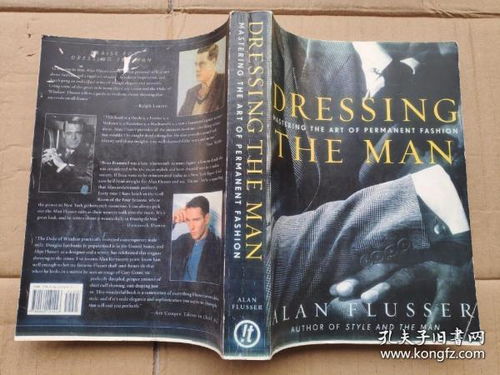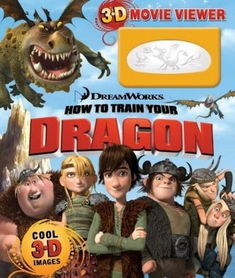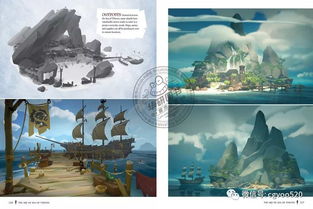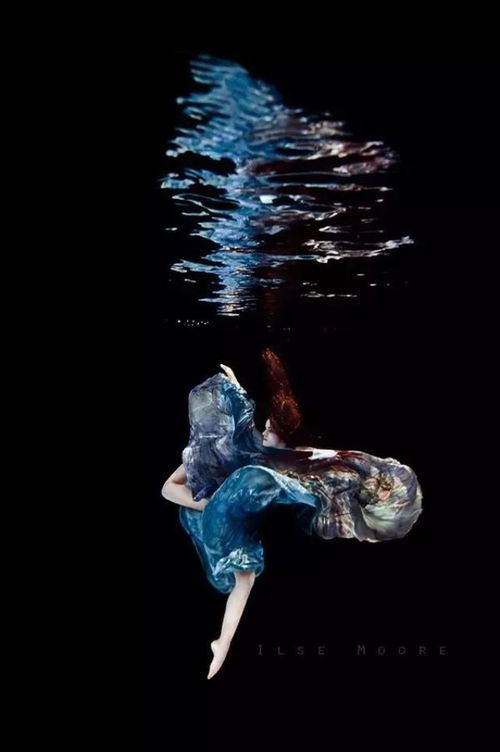Introduction:
Embarking on the thrilling world of fly fishing can be both exhilarating and intimidating for beginners. With its intricate techniques and specialized gear, it's easy to feel overwhelmed. However, fear not! This comprehensive guide will equip you with the essential tips and techniques to quickly get into the swing of fly fishing. Alongside the text, we've included diagrams to make the learning process even more intuitive. So, grab your rod, tie your boots, and let's dive into the art of fly fishing!
Section 1: Understanding Fly Fishing

What is Fly Fishing?
Fly fishing is a form of fishing that uses an artificial fly as bait to catch fish. The fly is cast using a fly rod, and the angler must mimic the movement and appearance of the natural prey to entice the fish to bite.
Why Fly Fishing?
Fly fishing offers a unique blend of physical activity, patience, and precision. It's a sport that rewards both the body and the mind, and it provides a connection with nature that is hard to find in other activities.
Section 2: Essential Gear
Fly Rods:
The fly rod is the cornerstone of your fly fishing setup. It comes in various lengths and actions, each suited for different types of fishing and fish species. For beginners, a 9' rod with a medium-action is a great all-around choice.
Fly Reels:
A fly reel is used to store the fly line and provide the tension needed to cast. Look for a reel that is compatible with your rod and has a smooth drag system.
Fly Lines:
Fly lines are designed specifically for fly fishing and come in different types, such as floating, sinking, and intermediate. For beginners, a floating line is usually the best choice.
Leaders and Tippets:
Leaders are the section of line that connects the fly line to the fly. They are usually made of monofilament or fluorocarbon and come in various lengths and tippets (the smallest part of the leader). A 9-12 foot leader with a 6-10 lb tippet is a good starting point.
Hooks and Flies:
Hooks come in various sizes and styles, and the choice depends on the type of fish you're targeting. Flies are the artificial lures that mimic the natural prey. Start with basic patterns like the Woolly Bugger or the Adams.
Section 3: Basic Techniques
Casting:
Casting is the foundation of fly fishing. Here's a simple step-by-step guide:
a. Hold the rod with a comfortable grip, keeping your wrist slightly bent. b. Load the rod by raising it behind you and then casting it forward with a smooth, controlled motion. c. Aim the rod tip at the target and let the line fly out. d. Adjust your casting technique as needed to achieve the desired distance and accuracy.
Tying Knots:
Knowing how to tie essential knots is crucial. Here's a diagram for the improved clinch knot, a reliable choice for fly fishing:
[Insert diagram of the improved clinch knot]
Reading Water:
Understanding water flow and structure is key to successful fly fishing. Observe the water's surface for clues about where the fish might be holding.
Fly Selection:
Choose flies that match the natural prey in the area. For example, if there are mayflies hatching, use a mayfly pattern.
Section 4: Quick Tips for Beginners
Start with a Beginner's Kit:
Purchase a beginner's fly fishing kit that includes all the essential gear. This will save you time and money while you learn.
Take a Lesson:
Consider taking a lesson from an experienced fly fisherman or attending a beginner's workshop. Learning from an expert can significantly speed up your progress.
Practice Regularly:
Like any skill, fly fishing takes practice. Spend time on the water to refine your casting and fishing techniques.
Be Patient:
Fly fishing is a patient sport. Don't get discouraged if you don't catch fish right away. The joy is often in the experience itself.
Conclusion:
Fly fishing is an enriching activity that can be enjoyed by anglers of all skill levels. By following these tips and techniques, you'll be well on your way to becoming a proficient fly fisherman. Remember, the journey is as important as the destination, so take your time to appreciate the beauty of the water and the serenity of the sport. Happy fishing!












